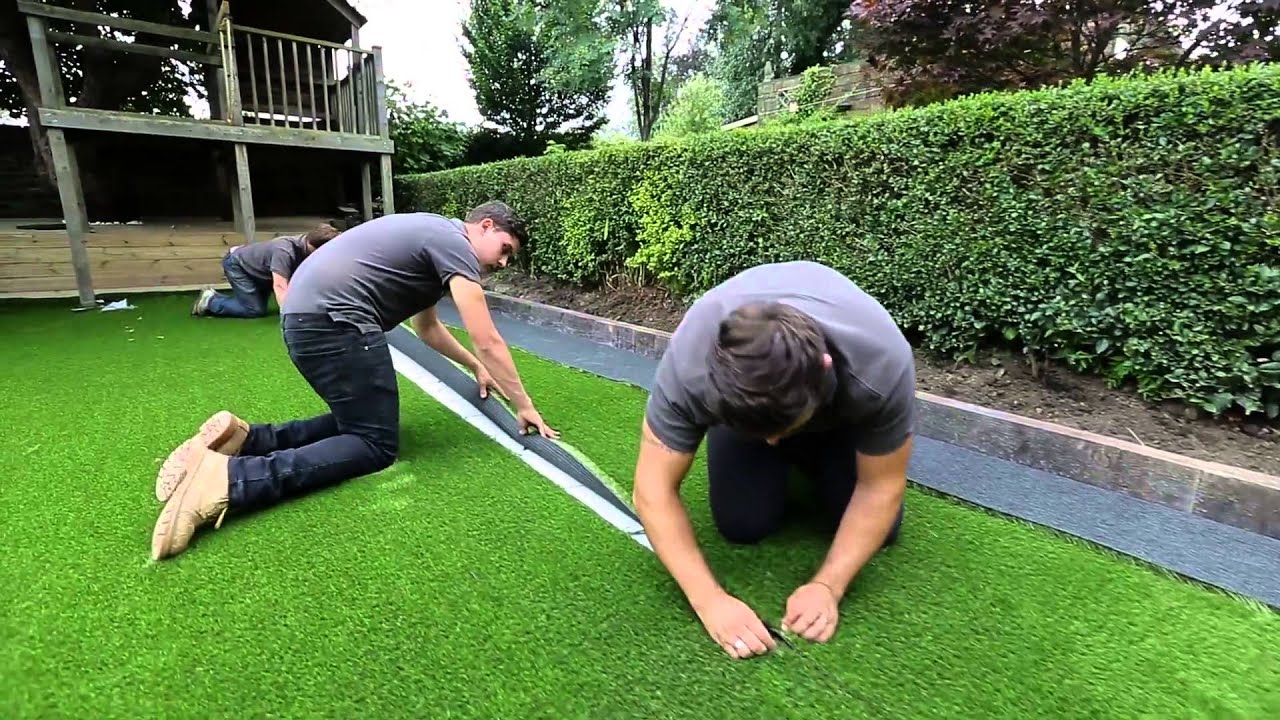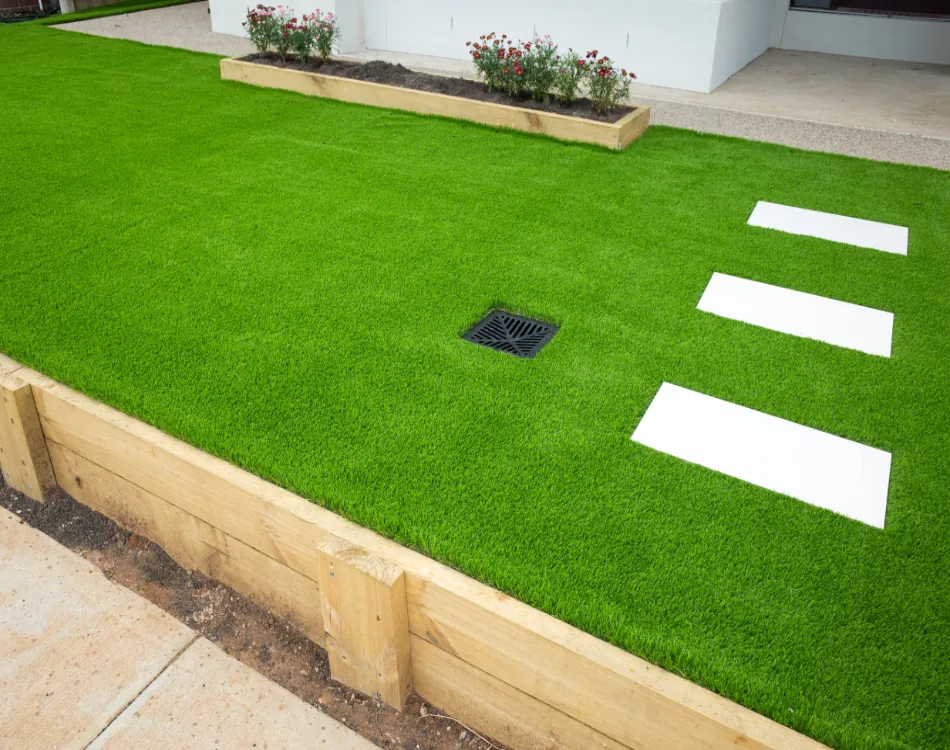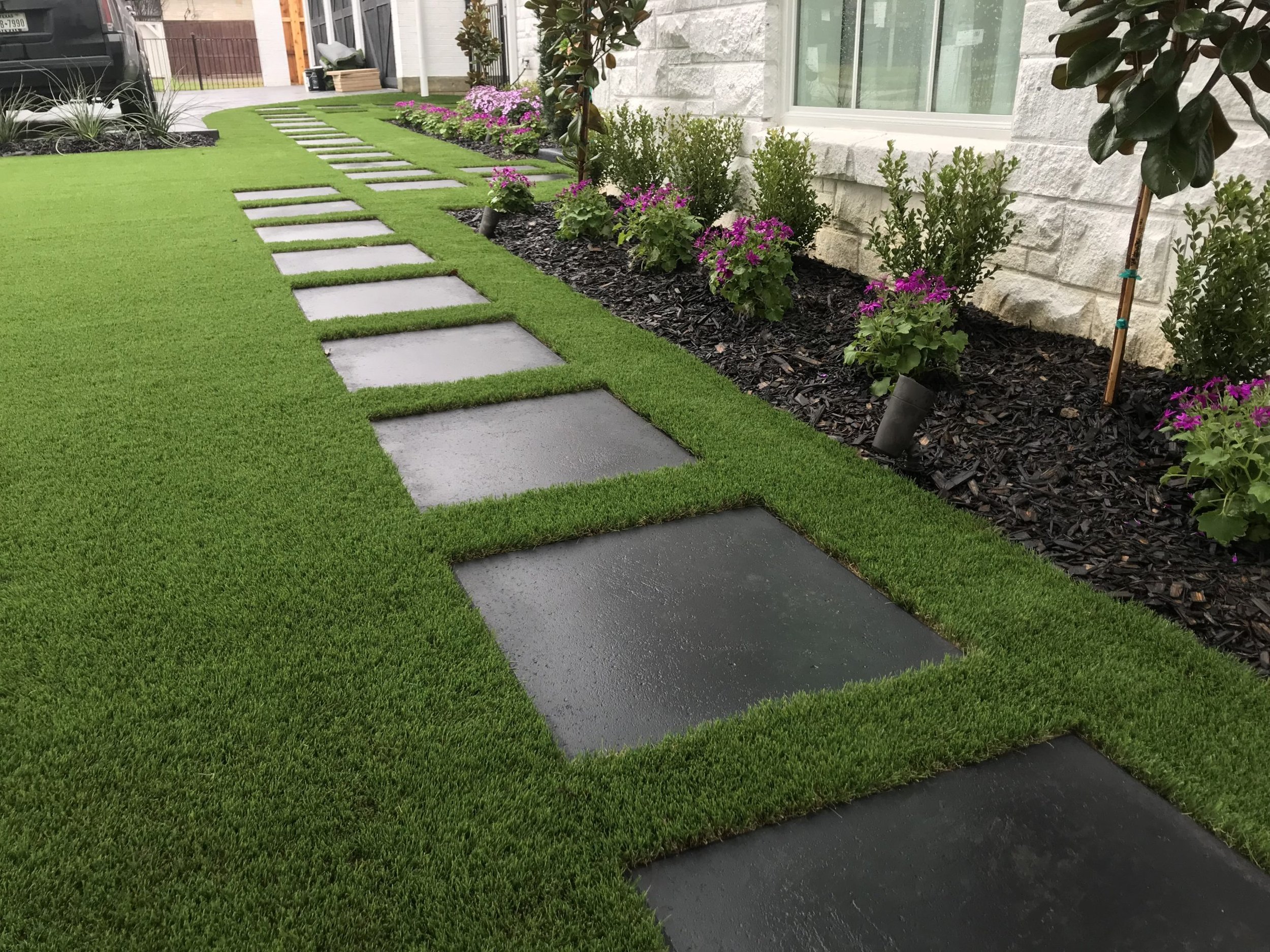Trusted Phoenix Turf Companies Providing Superior Synthetic Grass Installation
Trusted Phoenix Turf Companies Providing Superior Synthetic Grass Installation
Blog Article
Delve Into the Environmental Advantages of Opting for Synthetic Grass Solutions
The adoption of fabricated turf options provides a compelling chance to deal with pressing environmental challenges. By dramatically reducing water use and lessening the application of hazardous chemicals, these alternatives not only advertise lasting landscaping however also protect local ecological communities. The reduced carbon impact associated with decreased maintenance tasks contributes to an extra lasting technique to land monitoring. The implications of these benefits prolong beyond mere conservation initiatives, increasing concerns about their long-lasting effect on habitat preservation and total environmental balance. Discovering these measurements reveals an intricate interplay worth thinking about.
Water Preservation Conveniences
One of the most substantial benefits of synthetic lawn is its capability to save water. In comparison, fabricated lawn does not require watering, dramatically lowering the total need for water sources.
By removing the requirement for regular watering, synthetic grass contributes to lasting landscape methods and assists minimize the ecological impact of too much water intake. The conservation of water extends to the reduction of runoff, which can lead to dirt disintegration and river air pollution.
Additionally, the installment of synthetic grass permits municipalities and property owners to allocate water resources a lot more successfully, concentrating on essential usages such as alcohol consumption water and farming. The shift in the direction of artificial grass not just advertises responsible water usage yet likewise aligns with wider ecological goals focused on protecting natural deposits.
As areas significantly focus on sustainability, the water preservation benefits of artificial lawn offer an engaging case for its adoption in residential and industrial landscape design jobs.
Reduced Chemical Use
The change to synthetic grass significantly lowers the reliance on chemical treatments commonly used in natural grass upkeep. Conventional lawn management commonly involves the application of fertilizers, herbicides, and pesticides to promote development and control parasites. These chemicals can pose dangers to human health, neighborhood wildlife, and the environment, contributing to soil and water contamination.
In comparison, fabricated lawn eliminates the need for these hazardous compounds. By lessening the release of artificial substances right into the ecological community, synthetic grass advertises much healthier soil and water systems.
In addition, the absence of chemical overflow associated with artificial turf installments assists safeguard neighborhood rivers from air pollution, supporting water life and maintaining biodiversity. Phoenix turf companies. As communities significantly prioritize lasting techniques, choosing fabricated grass presents a practical service that lines up with environmental conservation goals. With this change, home proprietors can appreciate lush environment-friendly spaces without compromising eco-friendly health and wellness, leading the way for an extra sustainable future
Lower Carbon Footprint

In addition, the installation of fabricated lawn can cause substantial water preservation. All-natural lawns need significant quantities of water for watering, which not only includes in link the carbon footprint associated with water removal and treatment but additionally stress regional water resources. In contrast, synthetic grass needs minimal upkeep, requiring no watering, consequently significantly reducing water use and its connected energy expenses.
Additionally, the long life of man-made lawn adds to its reduced carbon impact. With a lifespan of up to 15 years or even more, the demand for frequent substitutes is reduced, resulting in less waste and lower energy usage in manufacturing and disposing of typical yard choices. In general, synthetic turf offers a sustainable alternative for ecologically conscious landscape design.
Habitat Conservation
Habitat conservation is a vital factor to consider in the discussion over landscape design options, specifically when contrasting synthetic turf to natural turf. All-natural turf yards usually require considerable maintenance, including making use of plant foods, herbicides, and chemicals, which can adversely impact neighborhood ecosystems. These chemicals can leach into the dirt and waterways, harming native vegetation and animals and interfering with regional habitats.
On the other hand, synthetic grass offers a chance to minimize the ecological footprint of landscaping. By choosing for artificial turf, home owners can decrease the disruption of all-natural habitats associated with More hints standard lawn treatment techniques. Synthetic grass eliminates the need for damaging chemicals, consequently safeguarding neighboring wildlife and keeping the stability of bordering ecosystems. Moreover, the setup of synthetic turf can lead to the conversion of previous yard locations into even more biodiverse landscapes, such as pollinator gardens or native plant locations, which can support local wild animals.
Eventually, the change to synthetic grass not only saves water and decreases upkeep efforts yet additionally cultivates a much more harmonious partnership between human tasks and the natural surroundings, promoting environment preservation in the process.
Long-Term Sustainability
Lasting sustainability is a crucial consider reviewing the advantages of synthetic grass over conventional turf lawns. One of one of the most considerable benefits of artificial turf is its durability; it can last up to 15-20 years with marginal upkeep, whereas all-natural lawn needs frequent reseeding and replacement. This long life reduces the requirement for consistent resources, such as water, fertilizers, and pesticides, which are important for keeping a healthy and balanced turf lawn.
Furthermore, man-made turf adds to a reduction in carbon exhausts associated with lawn care devices. Conventional yards typically require gas-powered mowers, trimmers, and blowers, all of which add to air pollution. Turf installation phoenix az. On the other hand, artificial grass eliminates the need for such equipment, advertising a cleaner setting
In addition, the production of man-made lawn progressively utilizes recycled materials, enhancing its sustainability profile. As producers embrace eco-friendly techniques, the environmental footprint of synthetic grass remains to decrease.

Conclusion
The adoption of man-made grass solutions presents considerable environmental benefits, consisting of considerable water preservation, reduced reliance on harmful chemicals, and a reduced carbon footprint. Man-made lawn help in protecting natural environments by decreasing land disruption and advertising long-term sustainability with the usage of durable materials. Jointly, these elements emphasize the potential of artificial turf to contribute positively to environmental wellness and use a feasible option to typical landscaping techniques in an increasingly resource-conscious world.
In comparison, artificial turf does not need watering, dramatically lowering the total need for water resources. By minimizing the launch of artificial substances right into the ecological community, synthetic grass promotes much healthier soil and water systems.
In addition, the installation of man-made grass can result in considerable water preservation. In comparison, synthetic turf requires very little maintenance, requiring additional hints no watering, thereby substantially minimizing water use and its linked energy prices.

Report this page